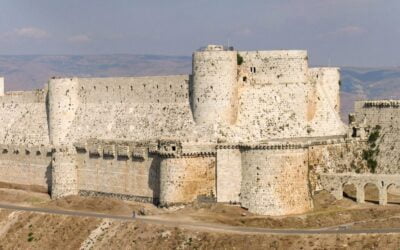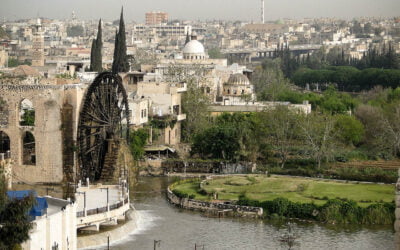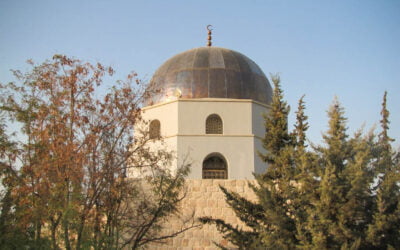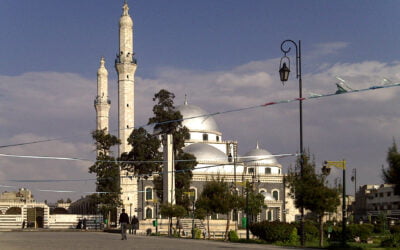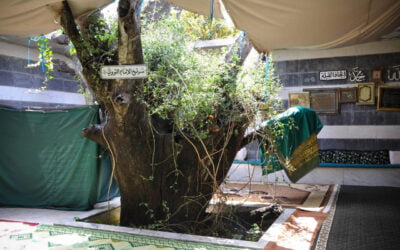THE GREAT UMAYYAD MUSJID
-
A decade after the completion of the Great Umayyad Musjid in Damascus (circa 700 AD), Caliph Al-Walid decided to recreate the Musjid in Aleppo, but passed away before the work was complete. His brother, Caliph Suleiman, became his successor and followed through with the Musjid’s construction, completing it in 717 AD. Based upon these origins, the Musjid is sometimes referred to as the Umayyad Musjid. However, most of the present structure dates to the later Seljuq and Mamluk periods.
-
Throughout all invasions, the Musjid was always the center of the battlefield. The Crusaders, Fatimids, Ayyubids, Mongols, and Mamluks have all taken part in destroying the Musjid, and rebuilding it afterwards.
-
Most of the original Umayyad-era Musjid was destroyed by fire in 1169, and it was almost entirely rebuilt in subsequent years during the reign of Nur al-Din Zangi RA. The Musjid was destroyed again in 1260, this time by the Mongols. It was again reconstructed during the Mamluk period.
-
In 1090 AD, the Seljuks renovated the Musjid and built the distinguished minaret, only for another dynasty to invade the city and destroy the Musjid, keeping only the minaret intact.
-
Perhaps the Musjid’s most prominent element is the Seljuq-era minaret, in the north-western corner of the complex which was constructed in the 11th century. Several historians report that engineers had to dig deep enough to reach the water in order to set the foundations of the minaret. The foundation was strengthened with metal brackets, supporting the 50-meter structure.
-
The beautifully carved wooden minbar, to the right, dates to the 15th century. Alongside the Mihrab sits an ornamented Maqsurah (enclosed space) which holds the tomb of Prophet Zakariya’s (AS) remains. The tomb is draped with a luxurious robe, embroidered with silver-colored Quranic verses.



